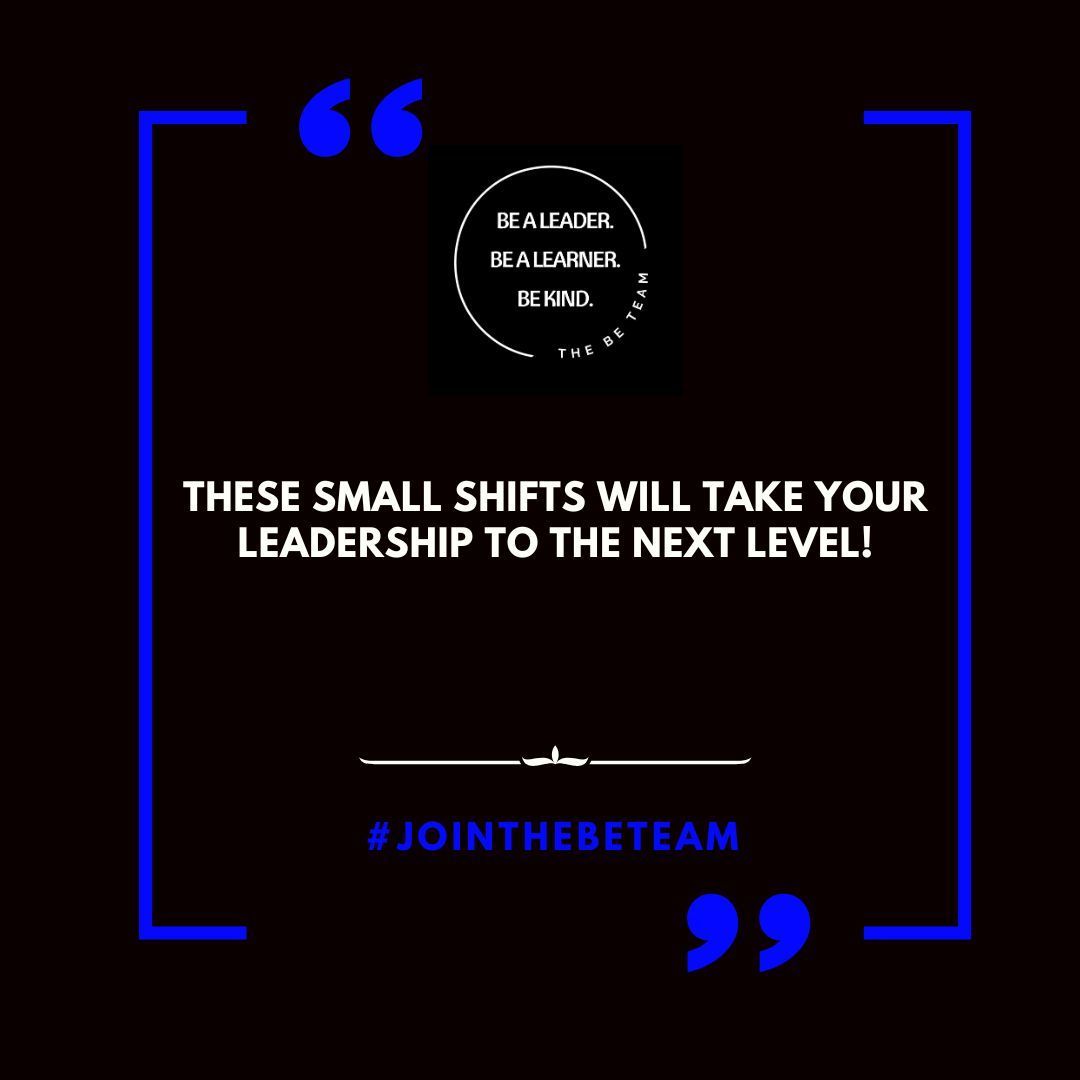These Small Shifts Will Take Your Leadership to the Next Level!
These Small Shifts Will Take Your Leadership to the Next Level!

One Thought to Consider:
As leaders, we often fall into patterns that negatively impact our effectiveness and well-being. Recognizing these habits and making intentional shifts is crucial to fostering a healthier, more productive environment for ourselves and our teams. Leadership is not just about guiding others; it's also about managing ourselves effectively. Many leaders struggle with micromanagement, constantly needing to oversee every detail. This approach can lead to burnout and prevent team members from reaching their full potential. Additionally, the relentless pursuit of productivity often means neglecting our own well-being, resulting in diminished performance over time.
To truly excel as leaders, we must break these counterproductive habits. We create a more collaborative and innovative atmosphere by learning to trust our teams. This shift allows us to focus on strategic decision-making and long-term planning. Simultaneously, prioritizing self-care is essential. A well-rested and mentally balanced leader is far more effective than one who is constantly running on empty.
Recognizing and addressing these common pitfalls is the first step toward transforming our leadership approach. Embracing new strategies that promote trust and self-care can lead to a more empowered team and a more sustainable leadership style.
Two Strategies to Consider:
1. Trust Your Team: Micromanaging every detail can stifle creativity and reduce morale. Instead, build a culture of trust by empowering your team members. Delegate responsibilities, provide clear expectations, and allow them the autonomy to execute their tasks. This frees up your time for strategic planning and encourages team growth and innovation.
Examples:
- Set Clear Goals: Communicate your vision and objectives clearly, ensuring everyone understands their role in achieving them.
- Provide Support: Offer guidance and resources, but resist the urge to control every step. Trust that your team can handle their responsibilities.
2. Prioritize Self-Care: Working without breaks can lead to burnout and decreased productivity. Schedule regular daily breaks to recharge and maintain a sustainable work pace. Incorporating self-care into your routine enhances your overall well-being and effectiveness as a leader.
Examples:
- Set Boundaries: Designate specific times for breaks and personal activities. Stick to these boundaries to ensure you're taking time for yourself.
- Scheduled Exercise: Incorporate regular physical activity into your routine. Exercise reduces stress, boosts energy, and improves mental clarity.
Two Habits to Consider:
1. Daily Reflection: Set aside a few minutes each day to reflect on your actions, decisions, and interactions. This habit helps you gain insights into your leadership style and identify areas for improvement.
Examples:
- Journaling: Keep a leadership journal where you jot down your thoughts and experiences.
- Self-Assessment: Regularly assess your performance and seek feedback from colleagues to ensure you're on the right track.
2. Scheduled "Me Time": Allocate specific times in your schedule for activities that you enjoy and that help you relax. This habit ensures that you’re consistently taking care of your mental and physical health.
Examples:
- Calendar Blocking: Block out time on your calendar for self-care activities just as you would for important meetings.
- Variety: Mix up your activities to include both physical (e.g., yoga, walking) and mental (e.g., reading, hobbies) exercises.
One Question to Consider:
How can I adjust my daily habits to create a more balanced and empowering leadership style?
Let's build the life you want together! We want you to be the best version of yourself!
We are here to help!
I need you to do three things today and every day:
Be a Leader, Be a Learner. Be Kind.
share this
Related Articles



STAY UP TO DATE
the latest from the be team
Receive an alert anytime a new post drops
Contact Us

